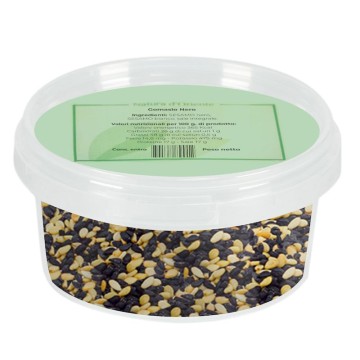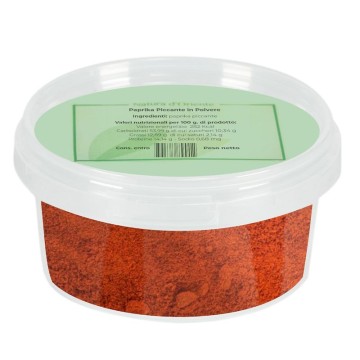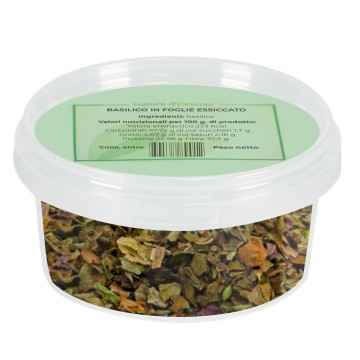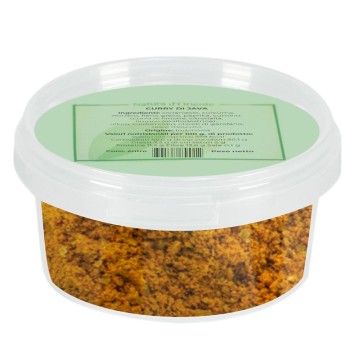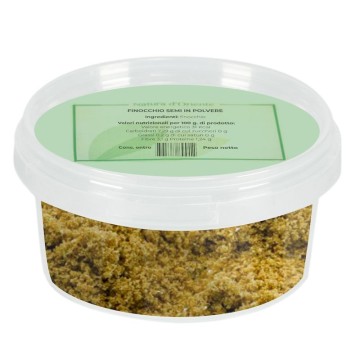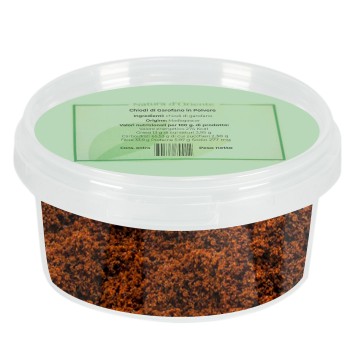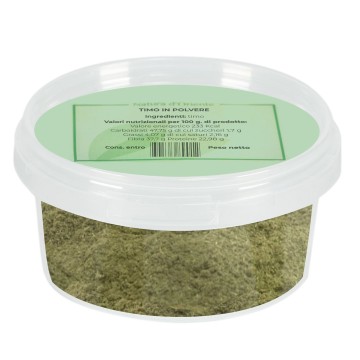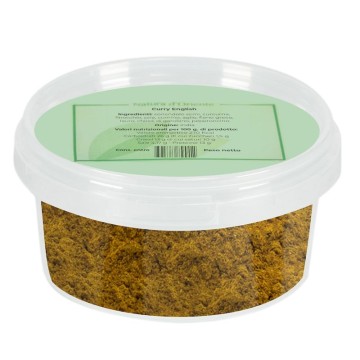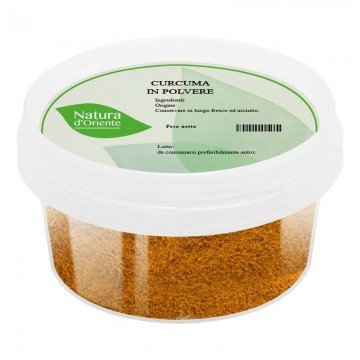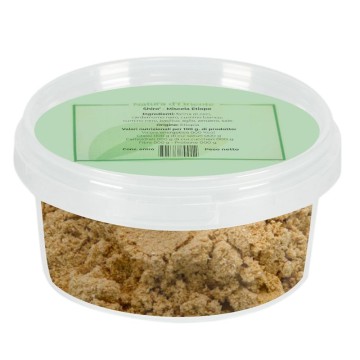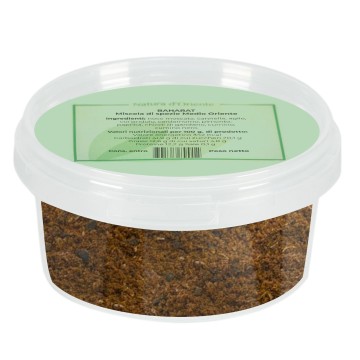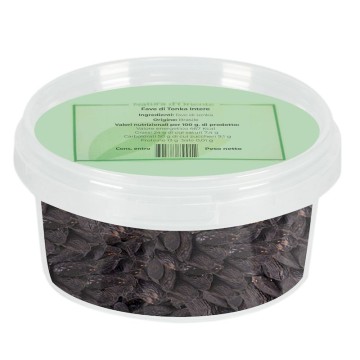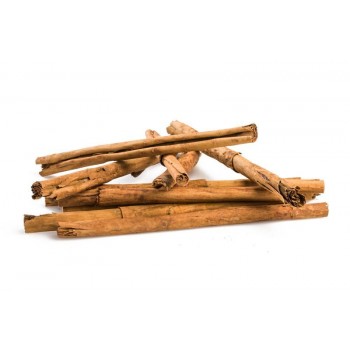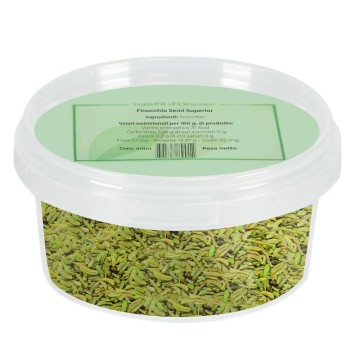Cajenna pepper is actually a medium hot pepper that is usually dried (or roasted) and ground, giving rise to a powder that is called by the same name.
The plant and the fruit
Cajenna pepper is a pepper cultivar of the Capsicum annuum species, it is originally from French Guiana and in fact takes its name from the city of Cayenne, capital department of French Guiana.
Capsicum annuum is the most cultivated in the world among the five species of the genus Capsicum, It includes several cultivars (varieties selected by growers) and a natural variety that is considered the closest to the wild ancestor.
The plant is an upright shrub, the leaves are lanceolate, the fruit is summery but is grown all year round in greenhouses. The flowers, with 5-7 white petals and yellow stamens, appear at the attachment of the leaf to the twig. The fruit that starts green and goes through various colors until it reaches red changes shape depending on the cultivar, consider that sweet peppers also belong to the Capsicum annuum species. As for the Cajenna cultivar, these are tapered chillies, 10 to 25 cm long, often with a curved tip. The plant is perennial in tropical and subtropical climates and annual in temperate climates, but it is still a short-cycle plant, so even in the best conditions it can last only a few years.
Origin and difference between spice and plant
Here we need to clarify, it is often marketed under the name of Cajenna pepper a powder that is a mix of various cultivars of chillies, it is not a fraud, moreover the Cajenna cultivar takes the name from the city which is considered one of the major production centers, but is not only grown there. Cajenna pepper is also widely cultivated in the East, especially in India, Indonesia and Thailand.
Properties and characteristics of Cajenna pepper
As regards the degree of spiciness in the Scoville scale, we are between 30,000 and 50,000 units which place it approximately in the middle of the table, far from the 0-100 units of sweet pepper and very far from the scary 2.2 million units of the California reaper or the 2.48 million of the Dragon's breath.
The properties attributed to Cajenna pepper are those that are generally attributed to chilli: it is recommended in case of colds and flu because the sweating it induces would stimulate the immune system, it certainly has a dilating effect on the arteries, so it can help with high blood pressure, but it must be said that it is a temporary effect and certainly cannot replace anti-hypertensive therapy. By increasing salivation and the production of gastric juices it promotes digestion. According to some sources, it would also help to lose weight, both because it would be a metabolism accelerator and because it provides a sense of satiety. But beware, the chili also has contraindications, beneficial for most is not recommended for those with stomach problems such as gastritis and ulcers and if you are on anticoagulants you should seek the advice of the doctor because it can promote bleeding.
Curiosities and history of Cajenna pepper
Chilli was among the most important spices marketed by the Spaniards after the discovery of America, also because with the capture of Constantinople by the Turks in 1453 the pepper trade was interrupted Asia across the Red Sea.
Cajenna pepper is one of the ingredients of a mixture of spices called Cajun very common in North America, the Cajuns were the French who had settled in Accadia, a region on the North American coast that stretched between Maine and French Quebec which were driven out by the British and moved to Louisiana.
In the United States, Cajenna pepper is the most popular pepper cultivar and in fact the country is the world's leading producer.
Cajenna pepper is one of the most popular and cultivated varieties of chilli pepper because it combines excellent organoleptic characteristics with a balanced spiciness, moreover it lends itself to being ground and marketed in powder because the powder obtained is a very inviting red color.
Sometimes there is confusion with the Thai pepper which is considered as the Cajenna pepper produced in Thailand, in reality they are two different cultivars,the berries are quite similar but the seeds of the Thai pepper are more elongated and irregular, furthermore the Thai pepper is a little more spicy, on the Scoville scale it is between 50,000 and 150,000 units. Some believe that Thai pepper is an ancestor of Cajenna pepper.
Cajenna pepper in the kitchen
As we said, the Cajenna pepper is none other than one of the numerous pepper cultivars and the chili pepper is widespread in the kitchen all over the world, in Asian cuisine, in the Mediterranean one, in the African one and also in the American one, it is used to flavor meat dishes, fish dishes, but also vegetables. The real Cajenna pepper, thanks to its medium spiciness and good flavor, is very much used in North America especially on meat and fish.
Chickpea salad with herb sauce and cajenna pepper
Ingredients for 2 people
- Canned chickpeas, drained 1 box
- Cherry tomatoes 250 gr
- Spring onions 2
- Mint 1 sprig
- Parsley half a bunch
- White yogurt 150 gr
- Lemon juice 2 tablespoons
- Grated lemon zest
- Garlic 1 clove
- Extra virgin olive oil 1 tablespoon
- Cumin powder half a teaspoon
- Cayenne pepper half a teaspoon
- Salt
- pepper
Preparation
1) Drain the chickpeas.
2) Pass them under cold water and let them drain.
3) Wash the tomatoes and cut them in half.
4) Clean the spring onions, wash them and finely chop them
5) Wash the mint and parsley, dry them and finely chop the leaves.
6) Process the herbs, yogurt, juice and lemon zest with an immersion blender until you get a thick, light green sauce.
7) Add the oil and the peeled and crushed clove of garlic.
8) Mix the chickpeas, chopped spring onion, cherry tomatoes in a large bowl and season with the green sauce
8) Season with salt, pepper, cumin and cayenne pepper

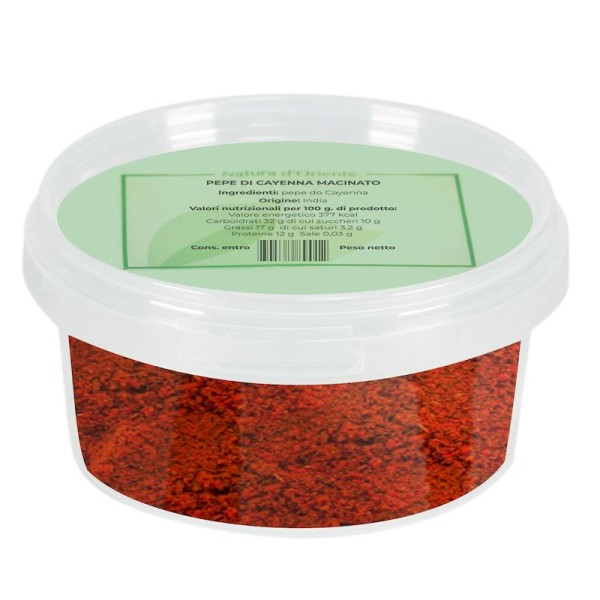







 No reward points for this product.
No reward points for this product.
